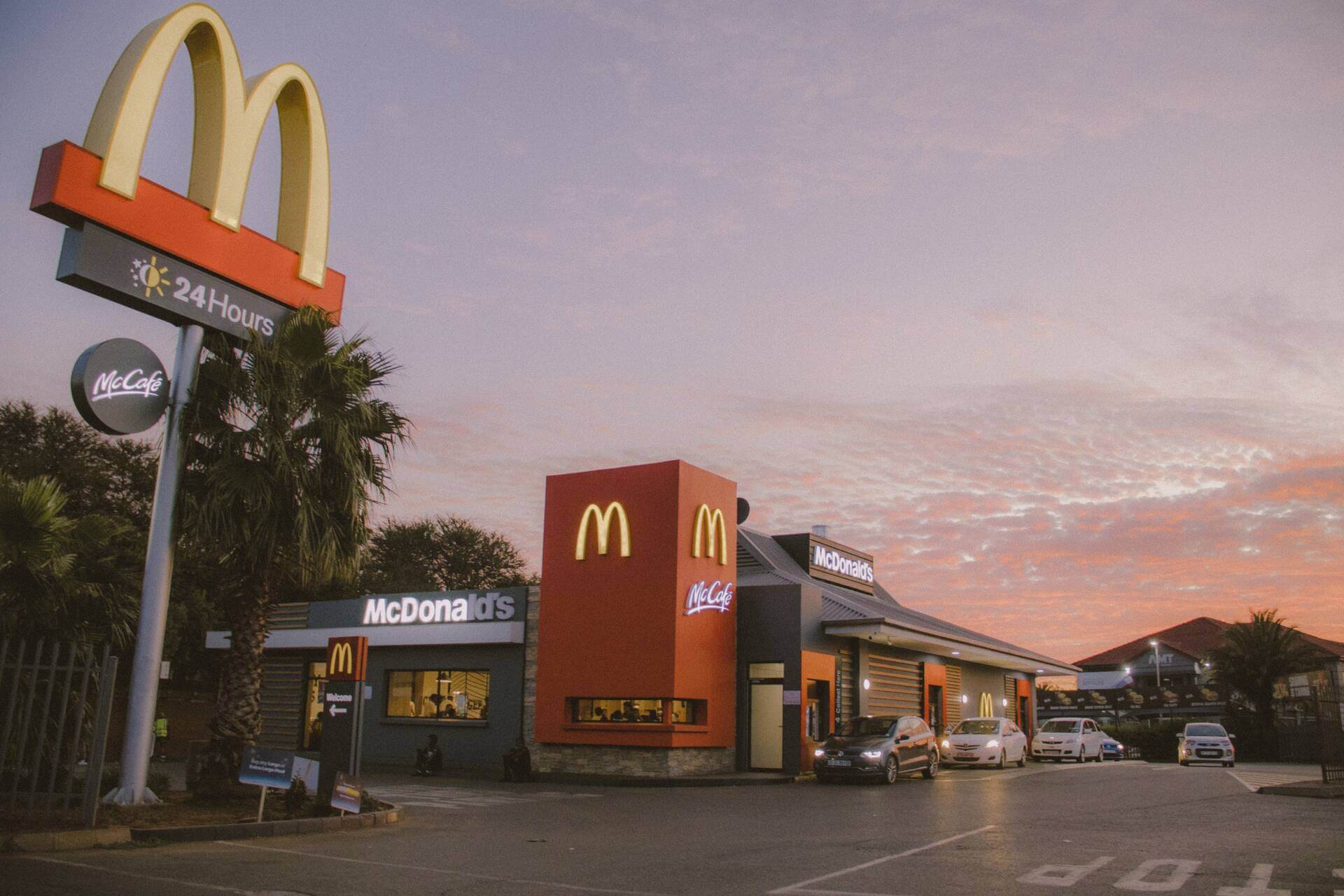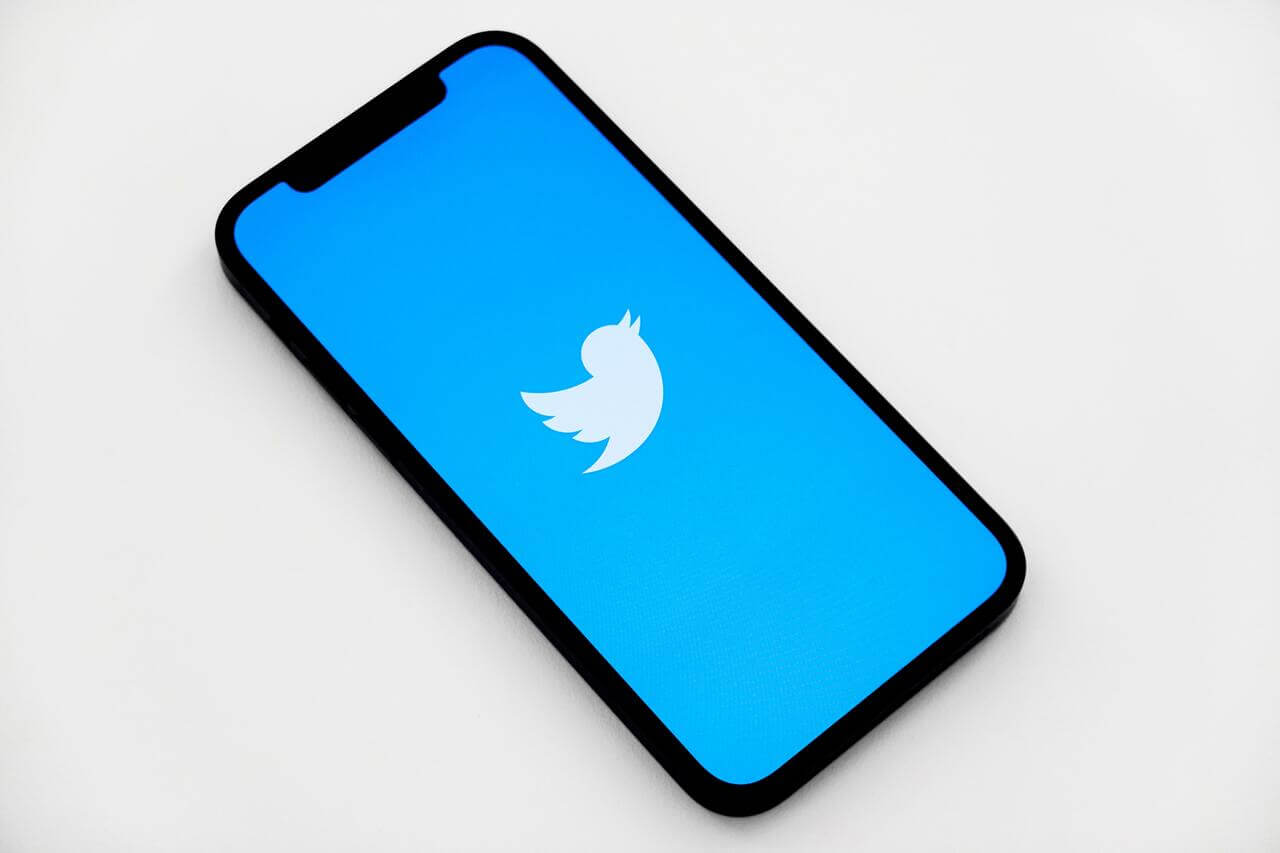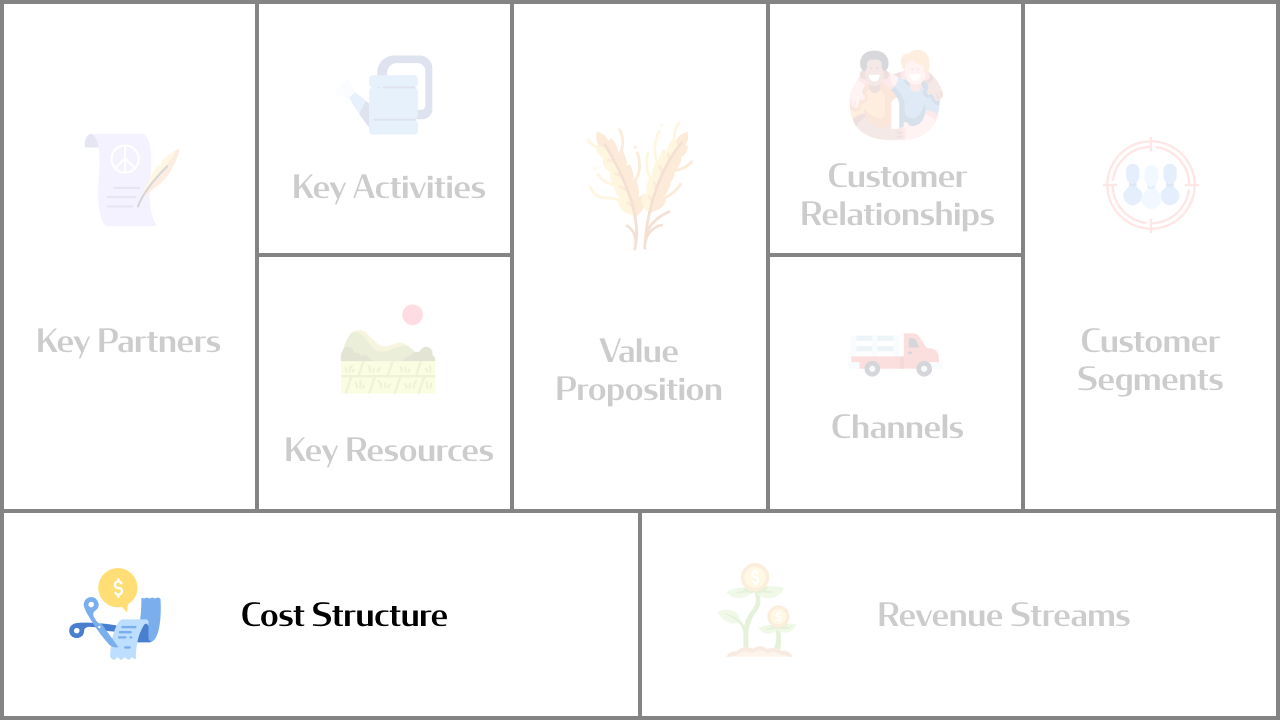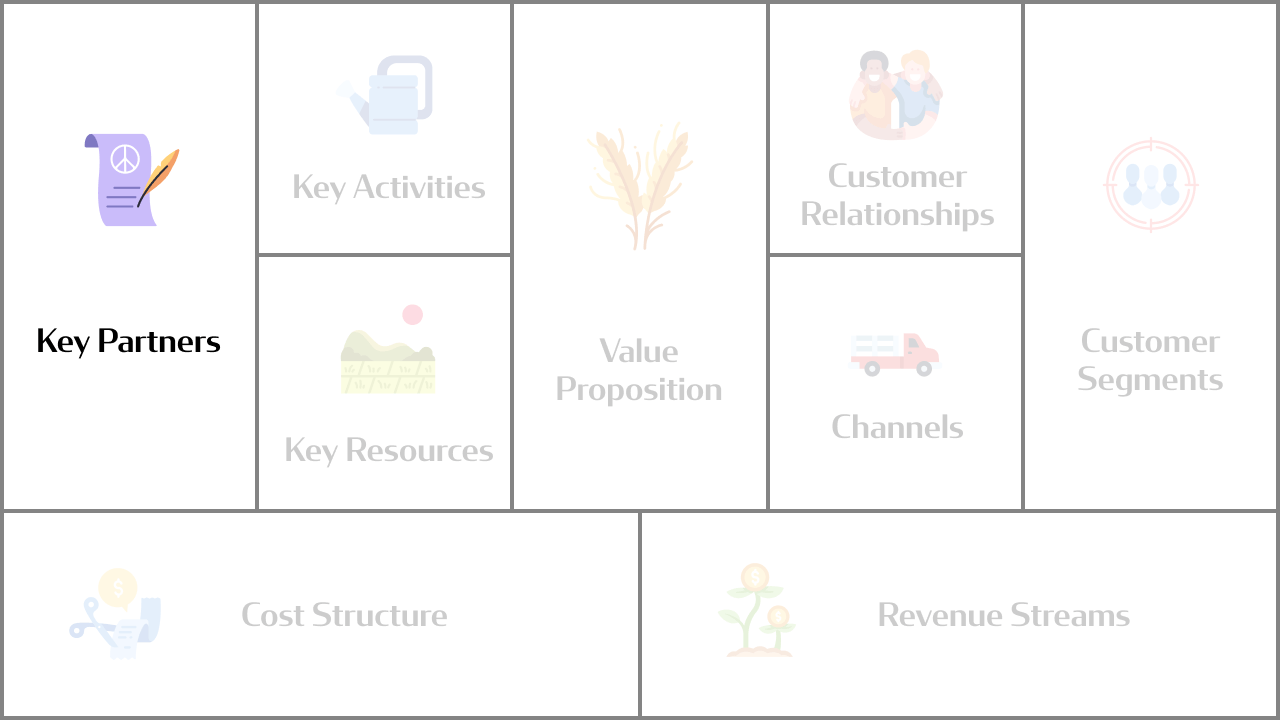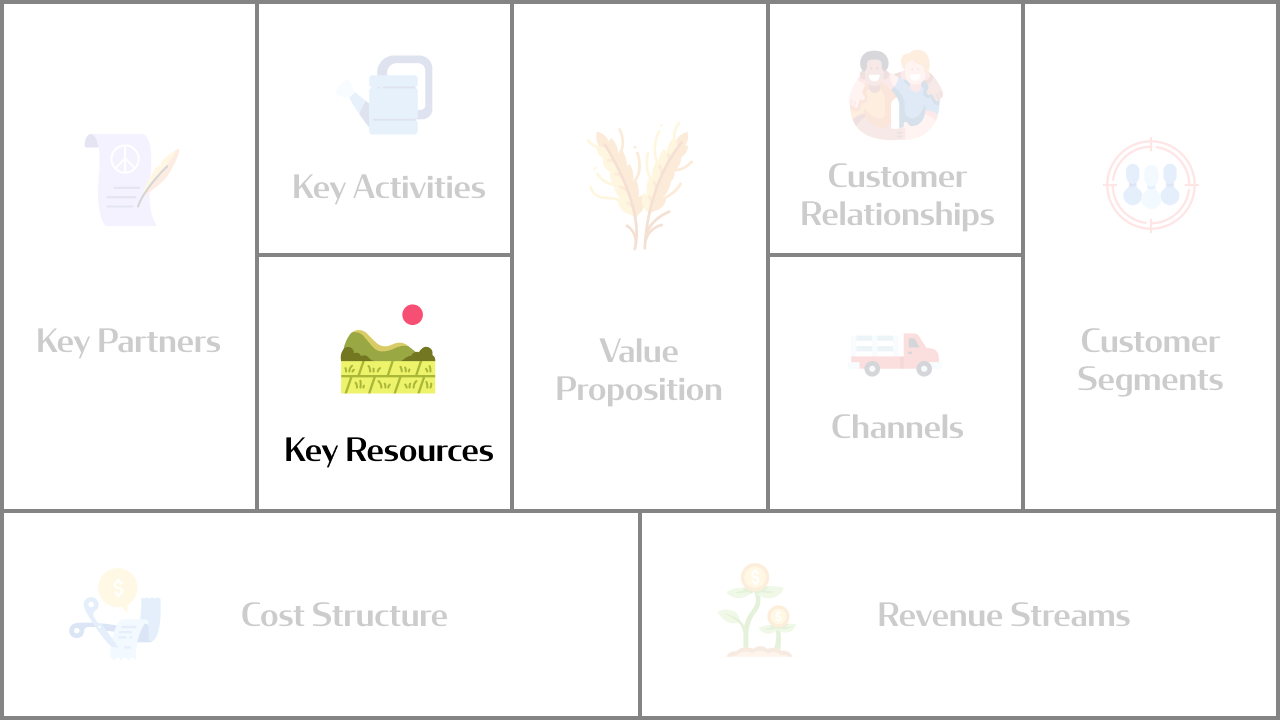Providing eco-friendly solutions to the growing problem of carbon emissions, the name Tesla has become a symbol of the future for some people. Others associate the brand with ultra-luxury here to serve the interests of the super-rich. Regardless of which camp you belong to, you’ve most certainly heard about Tesla, unless you’ve been living under a rock.
Making over $31.5 billion in revenue in 2020, Tesla is the leading electric vehicle brand in the world. For a company less than two decades old, Tesla has made impressive strides, delivering almost 500,000 vehicle units in 2020. Their stock was valued at $900 per share, although the current economic client has knocked down the share price to just over $600. Nevertheless, it still is the fastest-growing brand in the world.
In recent years Tesla’s market share has exceeded industry giants like General Motors, Ford, and Fiat-Chrysler. But how did Tesla become this successful with what seems to be a very challenging and expensive product? How did the company manage to convince its target audience of its value proposition? And lastly, how did they survive taking on the world of motoring?
In this article, we will examine how Tesla managed to become the giant that it is today. We will analyze its business model canvas and hopefully learn a few important lessons. Let’s discuss how a seemingly out-of-this-world idea can be turned into a profitable business worth billions of dollars.
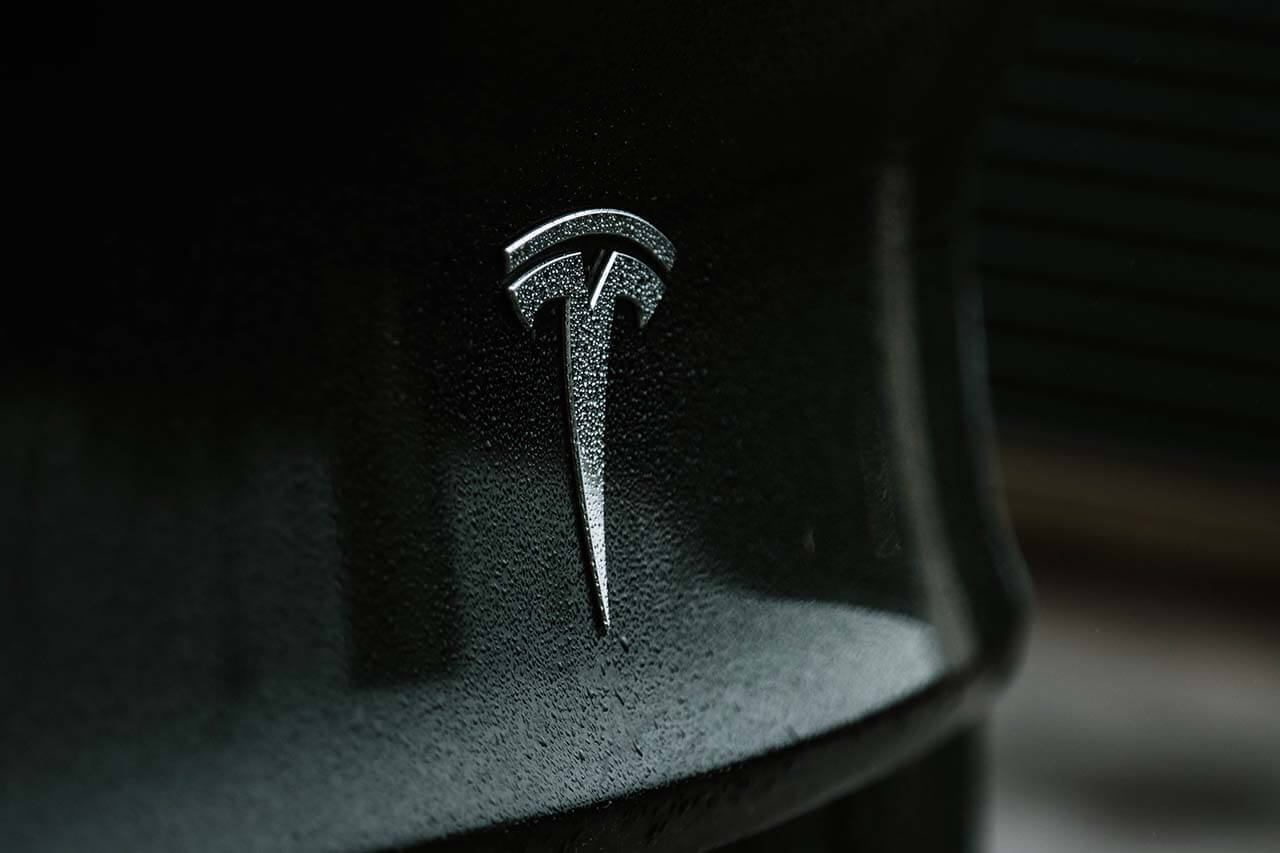
2003-2008: The foundation of Tesla and Development of The First Car
Before we begin discussing the foundation of Tesla, we need you to understand the background of the electric car industry in the late 90s and early 2000s.
1996-2001: General Motors and the EV1 Electric Car
General Motors (GM) had its own electric car program that started in 1996 called the EV1 program. The program was a response to the 1990 California law that required all car manufacturers to make cars that produce zero emissions. General Motors made 1,117 EV1 cars; however, the vehicles were not available for purchase by the public. The people that used the EV1 could only lease them from GM.
The EV1 was small and only had two seats and a 100-mile limit before it needed recharging. Although this program was a great success from an innovative point of view, General Motors had no desire to continue developing this technology. Why? Because GM was also lobbying for the California law to be watered down because they feared that electric cars would replace its main business.
When they succeeded, and the California law regulations were eased, GM stopped producing the EV1 in 2001. They recalled all leased EV1s and destroyed them. This created a gap for Tesla Motors in the industry.
2003: Tesla Motors & Taking Over from General Motors
The story of Tesla begins in 2003 when Martin Eberhard and Marc Tarpenning got together and formed Tesla Motors. Martin was an electrical engineer, and Marc, a computer scientist. They had partnered on an e-book venture called Rocketbook, a handheld e-reader that used an LCD screen and could store up to ten e-books.
The two men opened a company called NuvoMedia in the late 90s that manufactured the Rocketbook. In 2000 they sold NuvoMedia to Gemstar-TV Guide International for $187 million.
They knew they wanted to solve a real problem, but they weren’t sure what it should be. At that time, there was a major concern around the topic of peak oil. You see, experts were predicting that at some point, global crude oil production would reach its maximum rate, and after that, production would start to decline. They believed that the decline would be accelerated by the challenge of finding new oil resources.
This was a significant concern because oil is a non-renewable resource, limiting how much can be extracted and refined. Martin and Marc thought about how to solve peak oil and came up with the idea of electric cars. Although the concept was not new, there weren’t any electric cars competing with the mainstream, mass-market fossil fuel-powered cars.
Tesla Motors Value Proposition
Tarpenning and Eberhard set out to make an electric car that could be commercialized and sold to the mass market, but there was a challenge. How could they make it affordable? Such vehicles were expensive to manufacture and costly to buy. They wanted to make electric cars that could compete with fuel-powered cars in terms of looks, performance, and price.
The destruction of GM’s EV1 had left a gap in the market. Marc and Martin recognized that there was a potential market of environmentally conscious, wealthy people who were interested in electric vehicles. However, up until this point, most electric cars were lacking in comfort, performance, and design.
Developing the first Tesla product
Eberhard and Tarpenning focused on proving that their concept would work. They wanted to develop a luxury sports car that ran on lithium-ion batteries. These batteries were similar to those found in laptop computers and were more stable.
They chose to start with an electric sports car instead of a more mainstream design because, firstly, it was a small market with deep pockets. Secondly, the amount of capital needed was way lower than what was required for other types of vehicles, such as sedans.
Typical sport car buyers were very forgiving of crude and straightforward interiors as long as the car was unique and worked well enough. Additionally, sports car buyers were interested in innovative designs, so making the Tesla product appealing was significantly easier.
A small company called AC Propulsion developed a similar prototype electric sports car called the Tzero in 1997. The Tzero, however, was not using lithium-ion batteries, and this made it unstable. By 2003 AC Propulsion was on the verge of closure because they had been making most of their money from manufacturing and supplying parts for big companies like GM. The latter was no longer interested in pursuing electric cars.
Eberhard convinced AC Propulsion to partner with them and made a working prototype using lithium-ion batteries. He used part of his personal funds to finance the research. Once they had established that the concept worked, they focused on building the sports car’s body. For this, they shopped around for partners. Eventually, they convinced an English company called Lotus to write a letter saying they would partner with Tesla Motors if they got funding. With proof of a working concept and key partners on board, the hunt was on for investors.
2004: Looking for Investors & developing the first Tesla car, the Roadster
In 2004, Tesla Motors launched a Series A investment round to raise more capital. Even though Eberhard and Tarpenning were well known around Silicon Valley and had access to many investors, they were finding it hard to get investors who believed in the concept.
After all, giants like GM had abandoned electric cars citing product limitations. In addition, there was a stigma surrounding electric cars. Most people viewed them as ugly things that no one wanted to drive. Investors were not sure if Tesla could get enough early adopters of the product to make it viable.
Another significant issue that worried investors was that Martin and Marc had no real background in automobiles. Yes, they were somewhat experienced running a start-up, but this was a totally different ball game altogether.
Nevertheless, the two founders continued hunting for investors and eventually convinced Elon Musk. Elon invested $ 6.35 million in April of 2004. This gave Tesla the financial boost it needed to keep working on its product.
2005: Establishing Key Partnerships
On July 11, 2005, Tesla Motors signed a production contract with Lotus to produce complete car shells. This partnership was crucial for the development of the Roadster. Why? Well, Tesla Motors had tried to secure suppliers of materials such as airbags, door handles and latches, seatbelts, and other components that made up the shell of a sports car.
They had challenges securing these suppliers because they didn’t have deep enough pockets. Most suppliers saw their idea as too risky and likely to fail. Lotus had a good relationship with some suppliers and managed to secure these essential components on behalf of Tesla Motors.
2006: The Secret Master Plan, Some development challenges & The Roadster makes a debut
After investing in Tesla, Elon became chairman of the board and started working hand in hand with Marc and Martin and their research and development team to make their dream a reality.
In early 2006 Musk unveiled a document he called the Secret Master Plan. It was a detailed business plan that showed how Tesla would revolutionize the motoring industry and eventually replace the dependency on non-renewable energy resources.
The basics of the plan were pretty simple. The first step would be to build a sports car and raise enough capital to enter into the more mainstream market of sedans and other affordable small cars. The plan piqued the interest of a few investors, and Musk raised a total of $13 million in the Series B investment round in February 2006. In May, Tesla raised another $40 million in its third investment round.
Battery Issues
Things seemed to be going well until news started going around that lithium-ion batteries were a safety hazard. A few articles in the media began reporting incidents of DELL lithium-ion batteries exploding and causing injuries. By mid-2006, the news was all over, and this put a damper on Tesla Motor’s plans.
They had to go back to the drawing board and figure out how to make their 7000 cell lithium-ion battery safe. They also had to convince the public and investors that they had done so successfully. Eberhard and Tarpenning painstakingly worked with their design team to create a safe battery that would not explode. They explored different cooling and safety methods until they finally settled on wire bonding.
The Roadster makes its debut
With the safety issues ironed out and the car’s body ready, it was time to unveil the Roadster to the public. On July 19, 2006, in Santa Monica, California, a complete working prototype of the Roadster was unveiled at a 350-person invitation-only event held in Barker Hangar at Santa Monica Airport. The show was graced by the likes of then California Governor Arnold Schwarzenegger.
It was a huge success and managed to raise more awareness about the product. Tesla Motors also participated in several auto shows showcasing their product. Soon Tesla was receiving more requests than they could fulfill for the car from interested buyers. There was a lot of buzz in the industry about the potential of the Tesla. It was the first car that could travel over 100 miles without needing a recharge.
Finally, there was an electric car that could compete with the gasoline-fueled cars in terms of distance. To try and deal with the influx of buyers, Tesla Motors came up with the Roadster membership club to try and manage customer relationships.
Interested buyers would pay for a Roadster in advance and be put on the waiting list which became a necessity because of the excitement surrounding this first long-range electric car. Eberhard also used this club to communicate effectively to their clients about the progress and the setbacks they were having. He engaged their customers, showing them different prototypes and allowing them to be a part of the development process.
This strategy worked so well as a marketing strategy that their membership list kept growing larger just from word of mouth.
2007: Martin Eberhard leaves Tesla for mishandling the budget
The lack of experience in automobiles came back to haunt Eberhard in 2007. As the CEO, he was responsible for the budget planning process and accurately reporting the costs of production and timelines to the board. It seems he wasn’t doing a really good job at all.
He was severely over budget, and Tesla Motors was experiencing too many launching delays. Eventually, a whistleblower alerted the board of the discrepancies. As the chairman, Musk had to step in to stop the ship from sinking. Initially, they demoted Eberhard to President of Technology. Still, the business relationship continued to sour, and eventually, he left Tesla at the beginning of 2008.
Musk put in an interim CEO, and then in November 2007, Ze’ev Drori took over as Eberhard’s permanent replacement. With the internal issues sorted, it was time for Tesla to finally launch its long-awaited product.
2008: The Roadster finally goes on sale
After working on the prototype for over 5 years, Tesla was on the verge of finally releasing the Roadster. Production began in March 2008. They sourced some parts from around the world, partnering with French supplier Sotira for the body panels. They also worked closely with Lotus, who received the body parts from France at their factory in Hethel U.K and built the Roadster’s chassis.
Tesla had finally done it. They had produced a completely electric sports car that could accelerate from 0 to 60 mph in less than 4 seconds. It had a top speed of 135 mph and could travel 245 miles on a single battery charge. The only drawback was that it needed between 24 and 48 hours to recharge using a standard home outlet. Nevertheless, it was a successful launch, with experts giving it an efficiency rating equivalent to 135 miles per gallon of gasoline.
However, the global financial crisis made it very difficult for Tesla to finish in time despite the Roadster selling at $109.000. The financial mess that Eberhard had left also contributed to the woes that Tesla found itself in. Musk realized that they needed more financing to complete production. In May 2008, Mush launched the fourth investment round for Tesla, and they managed to raise $40 million. This helped them to narrowly escape bankruptcy.
Despite this cash injection, costs kept spiraling, and by September, Tesla had only delivered 30 cars to their customers. In October 2008, Musk took over as CEO in an attempt to once again save the company. He fired a quarter of the staff. Unfortunately, by December, the company was once again on the verge of collapse. Musk pushed back the release of Tesla’s Model S sedan to 2011, citing financial challenges.
Once again, Musk turned to investors for help. In December, he launched a fifth investment round, which turned into debt financing. He raised $40 million and avoided bankruptcy. This bought him time, and fortunately, the year 2009 would bring some much-needed good news for Tesla.
Tesla’s Business Model Canvas: The Early Day
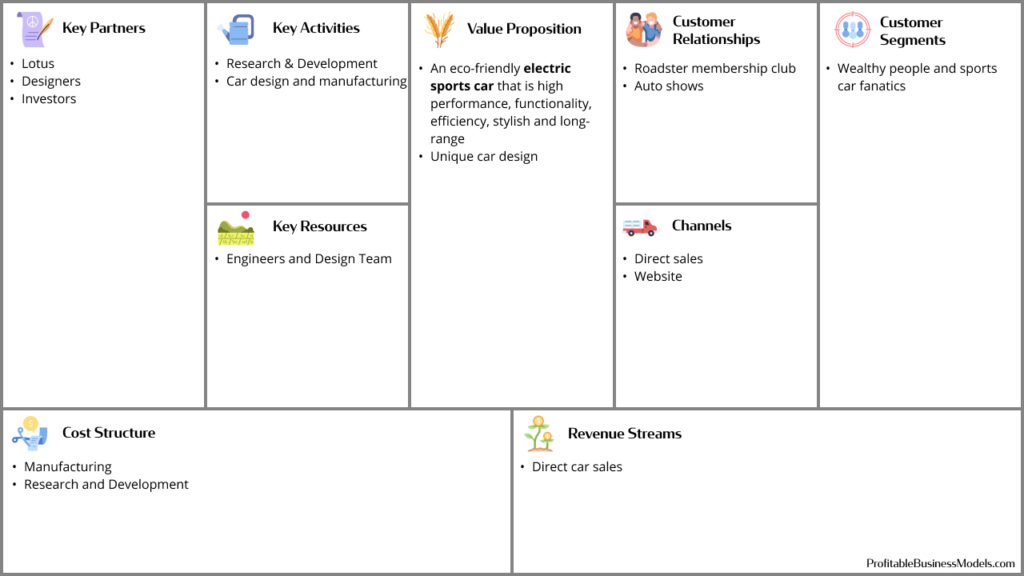
2009-Present: The U.S. Government saves the day, Development of more Tesla Cars & Product Expansion
2009: Loan from the U.S. Government & more Investors
2009 proved to be a significant year in the survival of Tesla. After facing crippling research, development, and production costs, the company ran out of money fast. At the beginning of the year, Tesla was left with only $10 million. This was not enough to cover the costs of delivering the cars they had already sold, much less continue production.
The first break came in May 2009, when the German company Daimler AG (DDAIF) bought a 10% stake in the company for $50 million. The following month Tesla landed a $465 million loan from the U.S. Department of Energy as part of the Advanced Technology Vehicles Manufacturing Loan Program.
This gave the company enough capital to survive, complete production of the Roadster, and work on the Model S sedan. It also gave Tesla Motors the money to continue working on their powertrain transmission technology.
2010: IPO listing & Strategic Partnership with Toyota
Again Tesla found itself facing financial issues. The cost of producing these expensive cars was more than they had anticipated. So they decided to go public as a way to raise more money. In June 2010, Tesla went public and issued 13.3 million shares at $17 per share. This raised over $226 million, making Tesla Motors the first American car maker to go public since the Ford Motor Company in 1956.
With the new financing, the company purchased the Nummi factory plant in Fremont, CA, which measured 5.5 million square feet and belonged to Toyota and General Motors. The factory had two paint facilities and 1.5 miles of assembly lines. This was the beginning of the self-sufficiency journey for Tesla. They wanted to be able to manufacture every component of their cars in-house.
2012: Model S enters the market
After working on the design for the Model S since 2008, Tesla launched their luxury sedan in 2012. It was meant to compete with other luxury models from Mercedes and BMW. It was priced at $58.000, making it almost half as cheap as the Roadster sports car. The implementation of the Secret Master Plan had begun. By the end of 2012, Tesla discontinued the Roadster’s production to focus on its new line of sedans.
In 2012 Tesla opened its first free charging station, called Superchargers. They started with six stations located in California and made plans to expand the network. These free-standing charging stations left Tesla’s competitors in the dust. Why? Because it meant Tesla drivers had full confidence that they would find charging stations in convenient locations, something that no competitor in the electric car industry was offering.
Tesla also consolidated its entire operational process. Instead of buying its components from different suppliers, the company built up its own supply chain. They started with custom-built battery packs, engines, and self-driving technology. They even sourced their own materials like glass and built company-owned stores instead of selling from dealerships.
This move towards self-sufficiency would help Tesla have more control over its production timelines and costs.
2013-2015: Product Expansion & First Quarterly Profit
In 2013 Tesla finally posted its first quarterly profit after years of running a loss. That same year they also launched a new mobile app. As the company continued to expand, Musk decided to move forward with the goal of becoming self-reliant. Tesla launched its app in 2013 as a companion tool for the Model S. The app provided Tesla drivers with information about the car and drivers could carry out several actions on the car remotely via the app.
They opened a Gigafactory in Nevada in 2014. This facility was where the company would make batteries that powered their cars and devices. It was a crucial part of Tesla’s entire business model.
In 2015 the company launched a new line of solar energy products designed to power businesses and homes using rechargeable batteries. They partnered with Panasonic to construct a manufacturing plant in New York for these solar products.
2017-2018: Model 3 is launched, A Name Change to Tesla Inc. & Some Trouble
The third phase of the Secret Master Plan was launched in 2017 with the arrival of the Model 3. This was a significant step towards the mass production of electric vehicles that could compete with gasoline-fueled cars. The Model 3 was priced at $35.000, but production costs on such a massive scale were a near-death experience for the growing brand.
Musk, who was known for making sweeping public statements and promises, had in 2017 claimed that Tesla would produce and deliver 200.000 vehicles in the second half of 2017. What they actually managed to deliver was a quarter of that.
In 2018, Tesla felt the pinch of these product delays quite severely. Investors began to dump the company’s stock. It lost more than 5% of its value, losing over $12 billion from its valuation. To try and remedy the situation, Musk tweeted that he was taking the company private and selling at $420 per share. This led to a buying frenzy and raised Tesla’s valuation.
However, Musk had no plans of going private, and the Securities and Exchange Commission charged Musk with securities fraud based on his tweet. Initially, Musk denied the allegations but eventually paid a $20 million fine and stepped down as the board chairman.
2019-Present: Continued Growth and Development
Tesla succeeded in the implementation of its master plan. One of their Roadsters was launched into space in February 2018 in collaboration with Elon’s SpaceX program. They also launched several mass-market electric vehicles such as the Tesla Model X, Semi Truck and the Model Y SUV. Tesla has also been focusing on the development and growth of its supercharger network. They realized that without proper charging support for their unique cars, product uptake would be extremely limited. As it stands no one who buys a Tesla has to worry about finding a place to recharge whilst on the road.
Tesla’s Business Model Canvas: Expansion and Self-Sufficiency
At this point, Tesla’s Business Model Canvas looked like this:
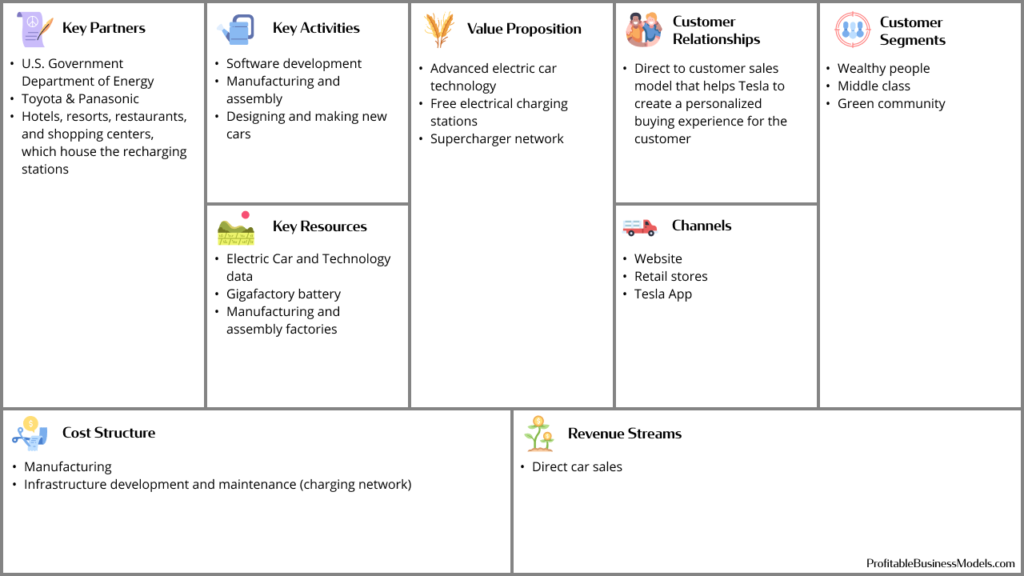
Conclusion
Tesla has continued to break ground in the electric car industry. They have managed to build sustainable and relatively affordable electric cars that are good for our planet in the long run. Yet despite conquering the odds, the company still struggles with significant product delays.
Although Tesla’s value has exceeded that of Toyota, VW, GM, Ford, and Hyundai combined, they cannot deliver as many cars as their competitors. This has been the one flaw in their business model that they have failed to address appropriately. Nevertheless, they have managed to sustain their business while disrupting the world of automobiles. It’s pretty obvious that nothing will ever be the same again in the car industry, and this is all thanks to Tesla.

